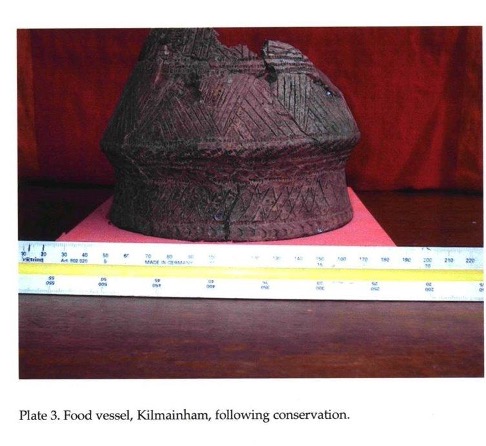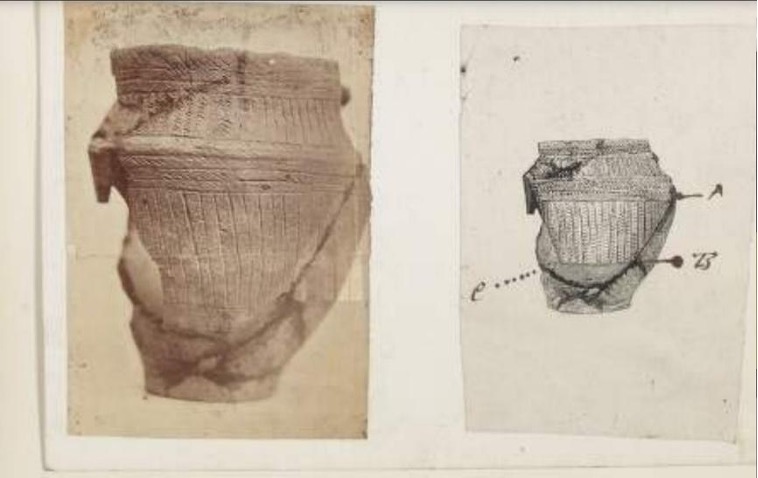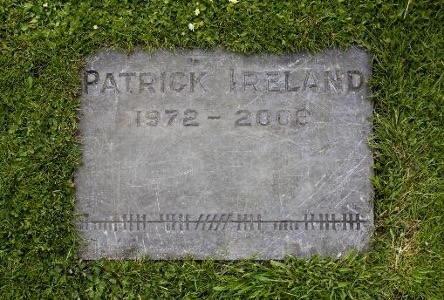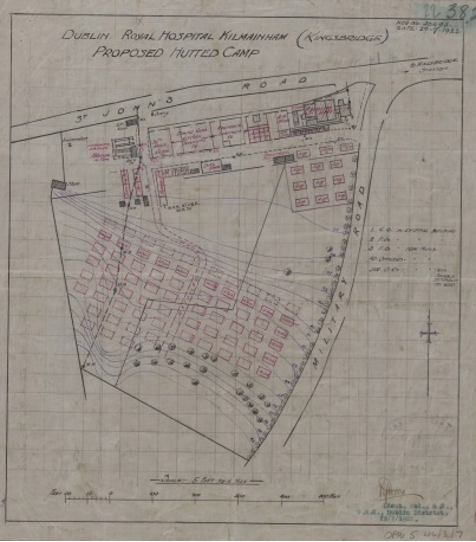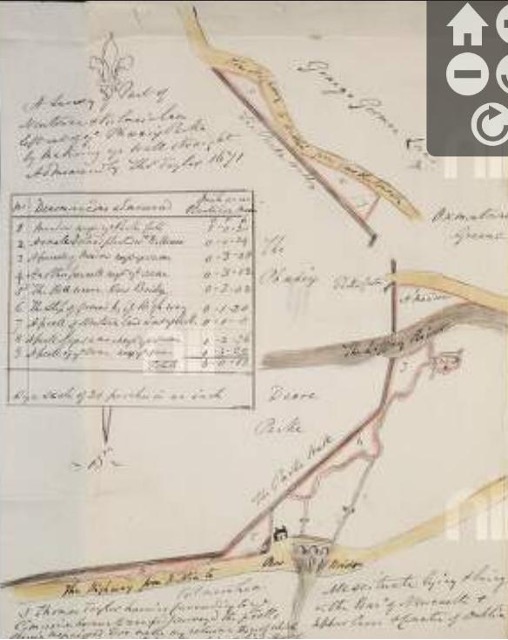The East Gate
The East Gate is the main entrance to the grounds of the Irish Museum of Modern Art (IMMA). IMMA, opened in 1991 in the building and grounds of the Royal Hospital Kilmainham that was originally built as a retirement home for pensioned and invalided soldiers serving the British Crown and operated between 1684 and 1927. The current IMMA campus covers nearly 48 acres but in 1680 The Royal Hospital estate stretched over 110 acres. The railway development along the south bank of the Liffey in 1844 essentially halved the Royal hospital grounds.
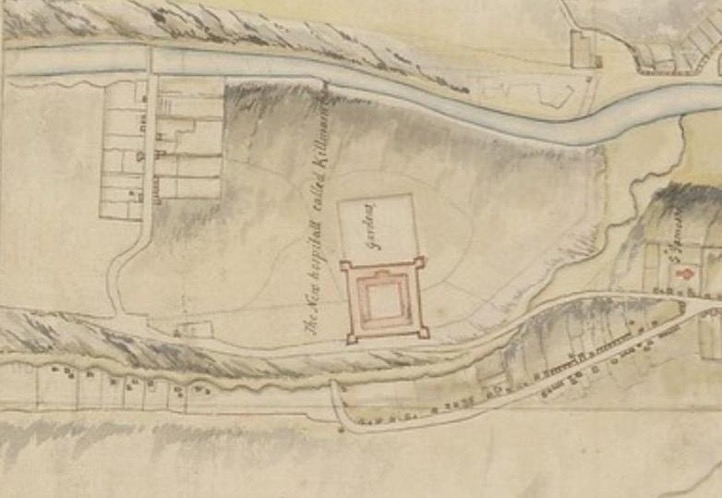
In 2006 a bronze age cemetery (1950 BCE) was uncovered just outside the East gate. Six burials of cremated human remains were recovered, three of which were contained in small clay food pots. Bronze Age burial pots were also unearthed in the same location in 1886 during the excavation of a gravel pit. The DNA profile recovered from skeletal remains indicate these bronze age people originated from the area around the Black Sea.
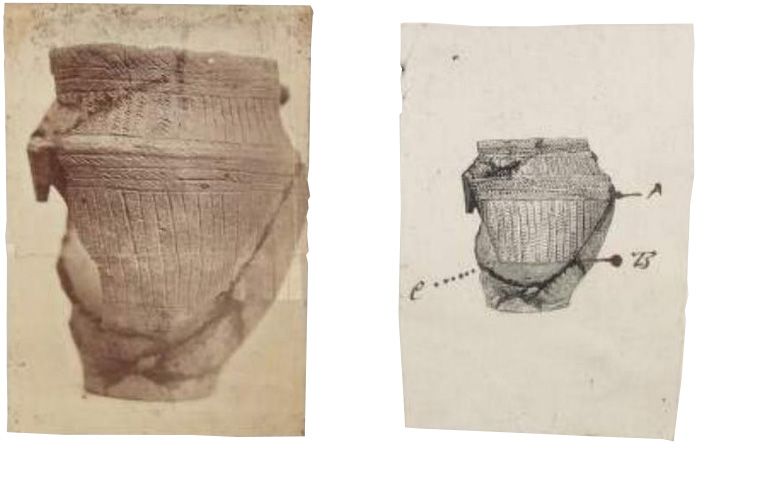
Continuing the tradition of ritual burial IMMA and artist Brian O’Doherty buried his alter ego Patrick Ireland in the formal Gardens of IMMA in 2008.

The area outside the gate once housed the farm buildings for the Royal Hospital and later a munitions store for the British Army. It was also the site of a large logistics camp for the British military withdrawal from the Irish Free State in 1922. Troops would be temporarily billeted here before disembarking by ship from the North Wall in the Dublin Docklands.
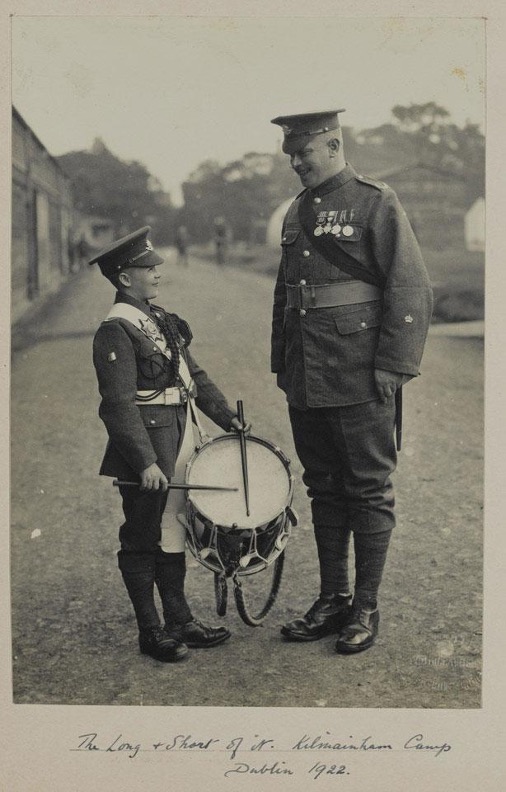
Before the Royal Hospital was built the area was part of the king’s deer park, the Phoenix Park, established in 1662. The wall that runs along the south side of the gate and continues all the way to Kilmainham once marked the boundary of the old park wall on the south side of the Liffey.
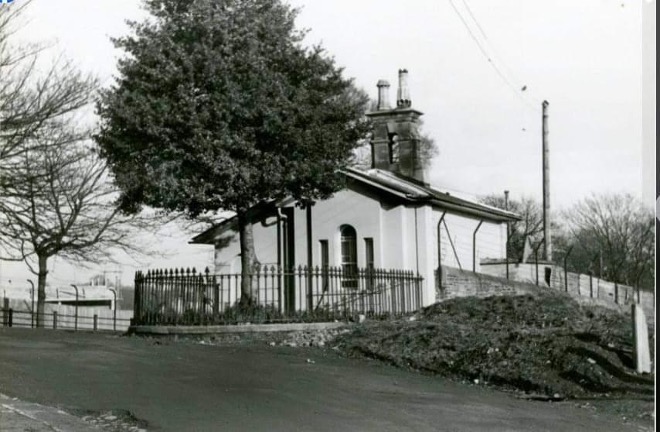
The Gate Lodge across the road from the East gate dates from the 1860’s and replaced an earlier gate lodge for the Royal hospital Infirmary and surgeon’s house that still stand at the bottom of the hill at the corner of military Road and Johns Road West.
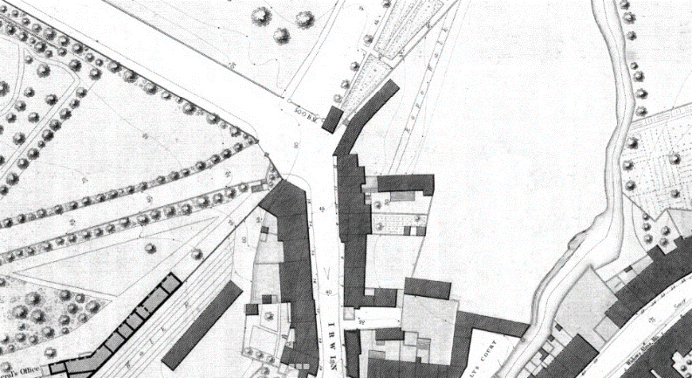
The military road that runs up to the gate from Heuston Station was developed in the late 18th century and once continued all the way to island bridge running around the north side of the walled garden of the Hospital. According to Nathanial Burton’s history of the Royal Hospital, this hillside was the site of a regular food market until the early 19th century.
SUPPORTED BY
The IMMA Heritage Trail is kindly supported by An Chomhairle Oidhreachta / The Heritage Council and the Office of Public Works. OSI Historic map details are provided courtesy of Tailte Éireann.



